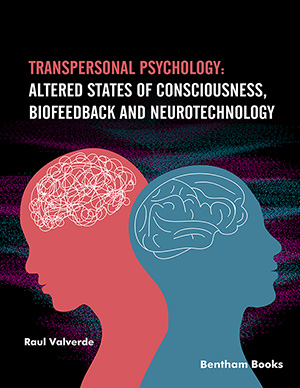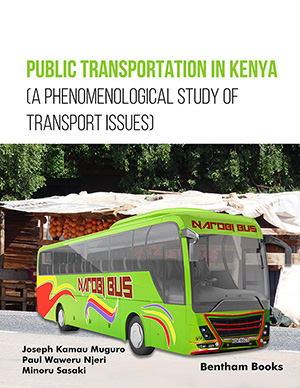Abstract
Produced in 2020 and winner of many prizes, Nomadland is a successful
film by the director Chloé Zhao. Having been adapted to the screen from the book by
journalist Jessica Bruder, Nomadland: Surviving America in the Twenty-First Century,
the film is a semi-documentary where some of the actors and actresses live in “RVs”
and act as themselves.
61-year-old Fern, performed by the lead actress Frances McDormand, lives with her
husband, whose illness and death we learn about later, in a small industrial town called
Empire in America. Production ceases in the town where she dwells, like in many
places, as a result of the big economic crisis happening at the beginning of the 2000s.
Employees become unemployed, and their residences turn into ghost towns. Fern loses
almost everything she has, primarily her house and her husband. She buys an RV and is
obliged to hit the road as a modern nomad. She calls herself “without a home” but not
“homeless” and struggles to survive while mourning. She encounters the cruelest side
of capitalism but also people with whom she shares poetic moments.
The film, which draws the portrait of many people suffering from the global economic
crisis, lets the audience see life from the perspective of mid-life poor people who are
obliged to work in precarious jobs and live in RVs. It leads the audience, especially
architects to think about the meaning of shelter, the difference between home and
house, the importance of place in our existence, and the relation of belonging that we
establish with our stuff, place, and space.
Keywords: Architecture in Cinema, belonging, chloé Zhao, capitalism, deterritorialization, dwelling, economic crisis, frances McDormand, house, home, homeless, jessica Bruder, nomad, nomadland, place, placelessness, road, USA, van, vandweller.








